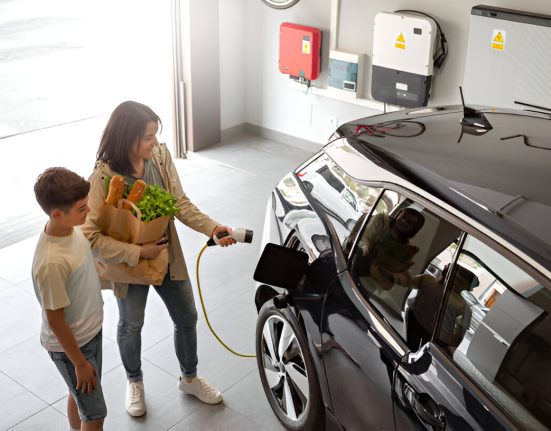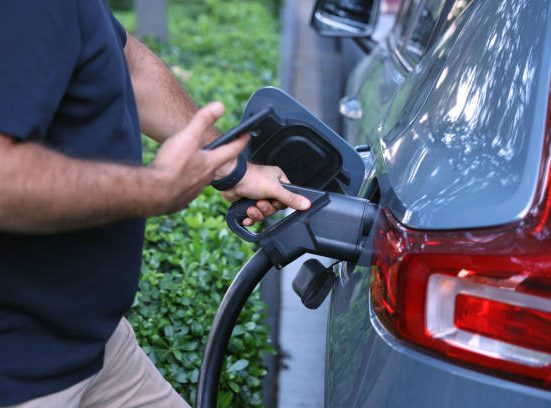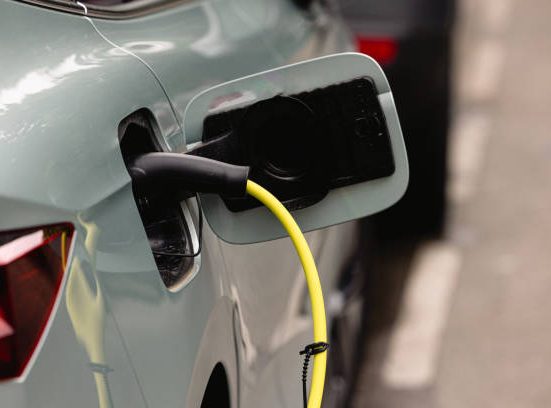Plenty of information, some of it factual and some of it not, concerning charging electric vehicles (EVs) has proliferated with the popularity of EVs. To make well-informed judgments on the adoption of electric mobility, it is crucial to distinguish between reality and fiction, especially given the velocity of technological progress. Here we will dispel four fallacies about charging electric vehicle that people often hear, addressing issues like charging time, worry about EV range, high power bills, and EV pollution.
Myth #1: Charging Electric Vehicles is a Difficult and Time-Consuming Process
Fact: Electric vehicle (EV) charging time depends on the charger type and EV battery size. Level 2 chargers provide far quicker charging periods than regular Level 1 chargers, which can be slower in certain situations. Level 2 chargers are often located at public charging stations or in home charging installations. The development of DC fast chargers has also made it possible for EV drivers to get 80% of their battery life back in only 30 minutes. With the continuous improvement of charging infrastructure, charging electric vehicles is become easier and efficient.
Myth #2: Most Electric Vehicle Owners Worry about their Range Fact: When electric vehicles first came out, people were far more worried about range anxiety, or the worry of the battery dying mid-drive. These days, however, electric cars have far longer ranges than in the past; in fact, some models can go more than 300 miles on a single charge. As the number of public EV charging stations continues to expand, drivers can relax and easily plan longer trips.
Myth #3: EV charging is too expensive
Fact: An electric vehicle’s charging costs are often less than those of a gasoline-powered vehicle’s fuel costs. Charging electric vehicle can often be more economical than filling up with petrol, however this does rely on factors including local energy costs and the vehicle’s efficiency. In the end, electric cars are more affordable than gas ones, especially when you consider charging during off-peak hours or using renewable energy sources.
Myth #4: EV Charging harms the Environment
Fact: It is a fact that a region’s power generating sources affect the environmental effect of EVs. Nevertheless, research regularly shows that electric cars (EVs) nevertheless produce less carbon dioxide (CO2) than conventional gas-powered vehicles, even when run on a combination of renewable and fossil fuel sources. In areas where renewable energy sources like solar, wind, or hydroelectric power are more prevalent, the environmental advantages of electric vehicles are even more apparent.
Conclusion
It is crucial to debunk common misconceptions about EV charging as EVs become more commonplace in the automobile industry. Future electric vehicle buyers can make educated choices on becoming green by learning the facts about charging times, range anxiety, power prices, and environmental effect. Without a question, electric vehicles will dominate the transportation landscape in the future. The advantages of EVs, which contribute to a cleaner, more sustainable environment, will only grow as technology progresses.





